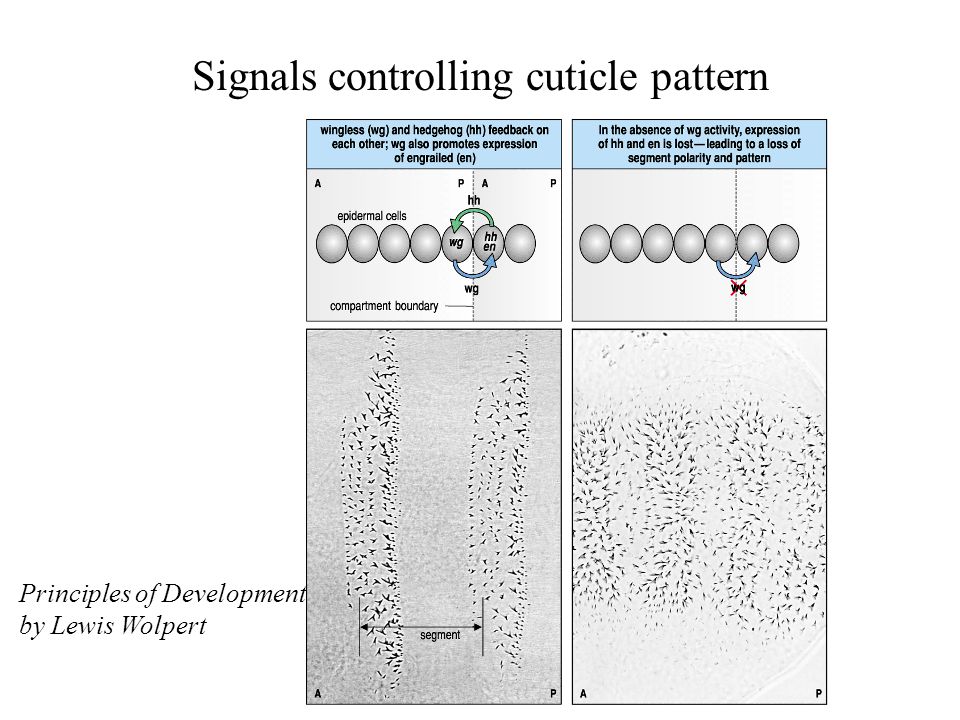Principles Of Development Wolpert 3rd Edition

Biol3050_w.pdf - Ed. Young Jeezy Thug Motivation 101 Rapidshare Free. , 2011; by Lewis Wolpert and Cheryll Tickle. The 3rd edition of the text can laso be used (Principles of Development, 3rd. Essential principles of developmental biology. And Lewis Wolpert's 3rd edition of Principles of Development. Or Principles (Wolpert et al.).
Tekken 7 Apk Weebly Com more. The process of biological development is an amazing feat of tightly regulated cellular behaviors--differentiation, movement, and growth--powerful enough to result in the emergence of a highly complex living organism from a single cell, the fertilized egg. Now in a new edition,Principles ofDevelopmentclearly illustrates the universal principles that govern this process of development.
Developmental biology has grown enormously as a discipline in recent years. Designed for undergraduates, this text focuses on key principles and concepts rather than attempting to offer an encyclopedic treatment of the field. It equips students with a conceptual framework that will be invaluable to them throughout their educational careers.
Written by two highly respected and influential developmental biologists, Lewis Wolpert and Cheryll Tickle,Principles of Development,Fourth Edition, combines a careful exposition of the subject with insights from several of the world's pioneering researchers. It guides students from the fundamentals to the latest discoveries in the field. DISTINCTIVE FEATURES Focuses on the underlying principles,thereby addressing one of the biggest challenges facing instructors and students of developmental biology; covering and learning in one semester the vast amount of information encapsulated by the field. Offers the right balance of breadth and depth: Addresses all key topics in the field in a uniformly authoritative way, but at a depth that makes it possible to deliver a coherent, well-balanced course in one semester. Rather that attempting to offer exhaustive coverage, it sets out to ensure that, at the end of the course, students have a well-rounded, sound understanding on which to base further studies. Integrates vivid illustrationsthat have been carefully designed and chosen to illuminate both experiments and mechanisms, clarifying basic principles in a visual manner.
Provides focused examples,concentrated on vertebrates andDrosophila,but not to the exclusion of other organisms, such as the nematode and the sea urchin, where they best illustrate a concept. Covers plant development--which is frequently neglected in general textbooks on developmental biology--addressing striking recent advances in the understanding of the subject.